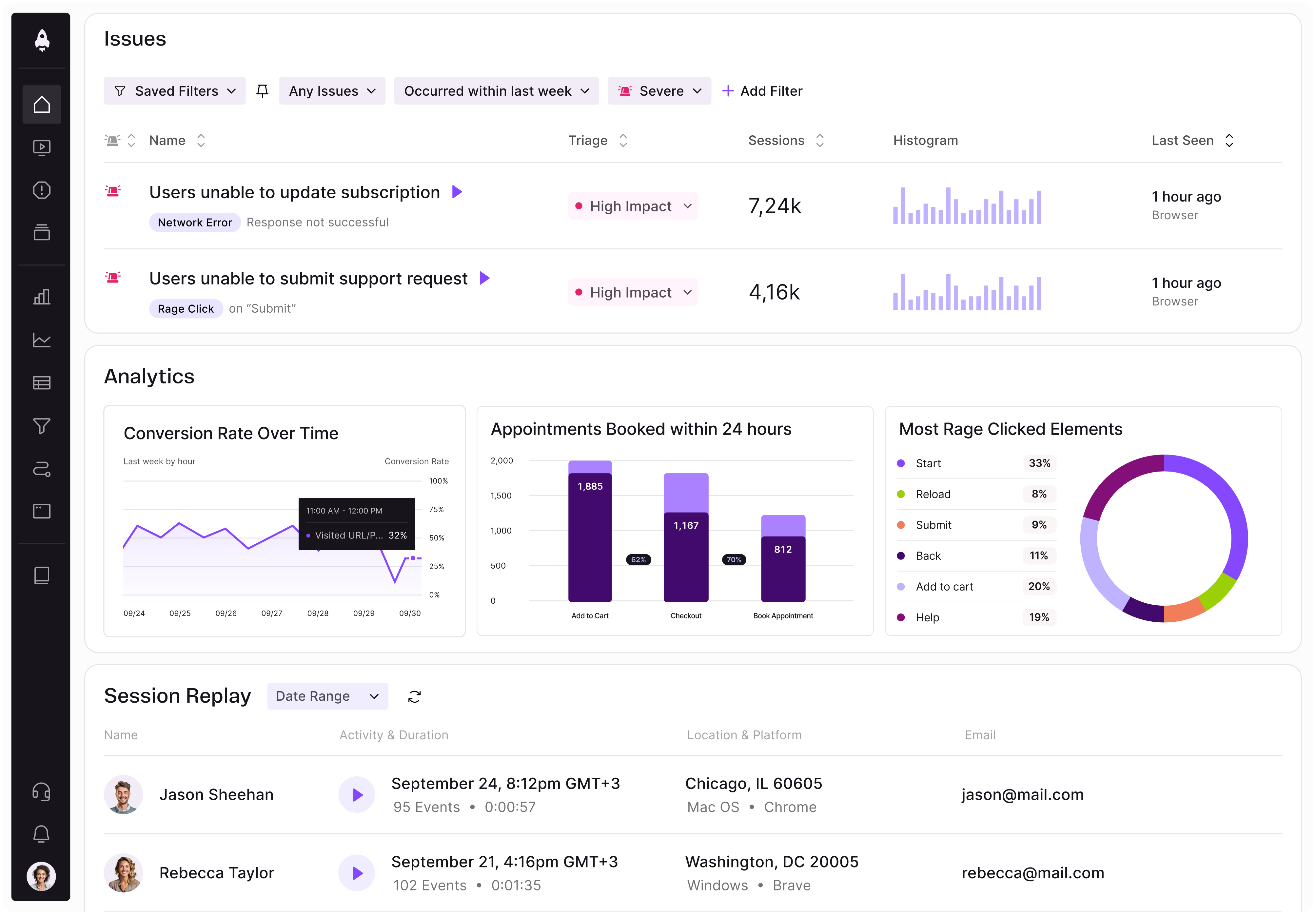If you’re a PM, you’re not new to stakeholder management. It tends to be one of the most challenging aspects of the job, especially considering the time and energy it requires.

Throughout my career, I’ve been lucky to work with multiple stakeholders. But twice in my career, my luck was tested when I had to work with more than 20 stakeholders. And while reading this Reddit thread a few days back, I realized I’m not the only one.
At some point in your career, you’ll inevitably end up in a situation where you have to manage more than 20 stakeholders. In my experience, the traditional stakeholder strategies don’t work with that many people. So in this blog, I want to share how I navigated such a high number of stakeholders, what my learnings were, and how you can implement them if you catch yourself in the same situation.
In my case, I first experienced working with 20 plus stakeholders while at Zalando, a European ecommerce platform specializing in shoes and fashion. While building an internal content management system that supported 300 internal users, I took care of over 20 active stakeholders across legal, marketing, operations, finance, data, engineering, product, upper management, and other dependent tech teams.
Not only was my inbox full, I also had tons of noisy Slack messages. This made me start to realize that the traditional stakeholder strategies don’t scale. If you’re in the middle of your stakeholder storm, or you suspect one’s coming, I hope this blog helps you stay calm and clear.
When your stakeholder count is under five, it’s easy to manage expectations. You can meet with them 1:1, understand their goals and problems, and align via email. But once the count crosses 10, and definitely when it crosses 20, you need structure.
I had four categories of stakeholders, and depending on their classification, I had my set of actions:
Actively involved refers to the main stakeholders. The rest were additional ones. I used this modified influence-interest matrix to classify them:
| High influence | Low influence | |
| High interest | Involve actively | Inform (group updates only) |
| Low interest | Monitor (check in quarterly) | Ignore (no custom attention) |
Classifying your stakeholders this way helps you decide who you need to spend the most time with.
During the CMS rebuild at Zalando, legal and finance both had pressing asks. Legal needed compliance fixes to avoid regulatory issues. This was also part of the GDPR, which was rolled out in 2018.
Finance wanted a better dashboard for monthly reporting. Both felt important, but when I used this matrix, legal clearly had higher influence and risk. The cost of not sticking to GDPR was high. They became a core partner and fell into the category of “involve actively.”
Finance was grouped into a batch communication update, not because they didn’t matter, but because they didn’t need deep collaboration. Interestingly, once the GDPR work was done, we switched the finance and legal in their respective categories.
I recommend visiting the matrix every month to make sure the categorization is in accordance with the business and team needs.
One of the biggest headaches for a PM is when the stakeholders ping on Slack or send an email saying “Can we do this feature by next sprint?” And when this happens 20 times in a week, it can drain all your energy. So it’s important to formalize one entry point as your single source of truth.
I used a simple Google sheet that was shared with all the stakeholders. No feature request that was shared via Slack or email was taken into account. The sheet had below questions:
Considering that every stakeholder had to add this information, it not only reduced the number of feature requests, but also every feature submitted feature request was quantified. This made my job as a PM a lot easier.
Once, a stakeholder sent me a Slack message and said, “This is a must-have feature for the launch of the CMS.” I asked if it was in the tracker. It wasn’t.
I told them I’d review it once it was submitted with impact details. They filled the form, and we realized it wasn’t tied to the launch. It was just a nice-to-have feature. We never added it to the sprint.
This process doesn’t just protect your time. It forces stakeholders to think through their own ask.
When you have 20+ people relying on your product, you can’t rely on reactive updates. Most of the time, you’ll be pulled into meetings just for updates. And worst case, they might lose interest.
Here’s a model that has worked successfully for me:
I created a “Friday Digest” that went out every Friday morning to all the stakeholders. Some read it. Some didn’t. But it became the single source of truth.
When someone asked, “Why was X not built?” I could point to the digest and say, “It was explained on June 7th.”
In stakeholder-heavy roles, you’ll say “no” more often than “yes.” But how do you say no without affecting your relationship?
Here’s how I handled it:
A senior marketing lead wanted a campaign-specific widget. I explained our current quarter’s focus was activation, not conversion. I asked if she wanted to raise it in our triage with the CPO. She declined. The clarity saved both of us time, and our working relationship stayed intact.
There’ll inevitably be times when things will be out of control and you’ll have to escalate to higher management. In such cases, you need a framework to escalate decisions without becoming the bottleneck yourself. Here’s how I have structured this in the past:
This helped the stakeholders to directly talk with the higher management and find a resolution.
In one sprint, ops and data wanted the last frontend engineer for two different dashboards. I set up a meeting, showed estimated hours, and impact versus OKRs. We made the decision that the data team’s dashboard was more urgent and had a higher impact, and hence should be done earlier. We worked together, and no one felt blindsided.
Now that I’ve shared my top strategies, the table below contains some of my favorite tools that I’ve used, as well as a template for the different task types:
| Task | Tool | Example template |
| Request intake | Notion / Google Sheets | View here |
| Stakeholder classification | Miro / FigJam | View here |
| Weekly updates | Slack + Google Docs + Email | n/a |
| Async roadmap comms | Loom | n/a |
| Conflict tracking | Notion / Google Sheets | View here |
| Alignment voting | Typeform | View here |
Yes, managing stakeholders is difficult, and yes, managing 20+ stakeholders is tough. But if you have the right processes and structure in place, you can navigate any number of stakeholders. In my experience, the PMs who manage large groups effectively and who can align high-stakes stakeholders without derailing execution are the ones who get handed the next big product, the next strategic initiative, and the next leadership opportunity.
I recommend that you build your own framework and system using the insights provided in this blog and test it with the stakeholders. But the only way the framework can be effective is when everyone uses it consistently. This is the only way to manage 20+ stakeholders without panicking.
Featured image source: IconScout

LogRocket identifies friction points in the user experience so you can make informed decisions about product and design changes that must happen to hit your goals.
With LogRocket, you can understand the scope of the issues affecting your product and prioritize the changes that need to be made. LogRocket simplifies workflows by allowing Engineering, Product, UX, and Design teams to work from the same data as you, eliminating any confusion about what needs to be done.
Get your teams on the same page — try LogRocket today.

A practical five minute revenue estimation method to help product managers compare ideas, drop low impact features, and prioritize smarter.

A practical guide for PMs who want to stop being bottlenecks, delegate smarter, and lead teams effectively with a clear ownership framework.

Stop letting unreliable data block features. Treat data as inventory to track quality, ownership, and ship with confidence.

Learn why slide decks slow teams down and explore better tools like whiteboards, PRDs, and prototypes to improve collaboration and alignment.